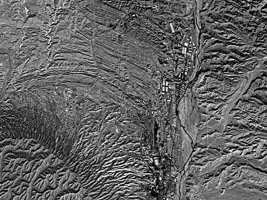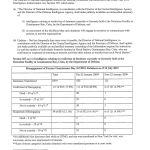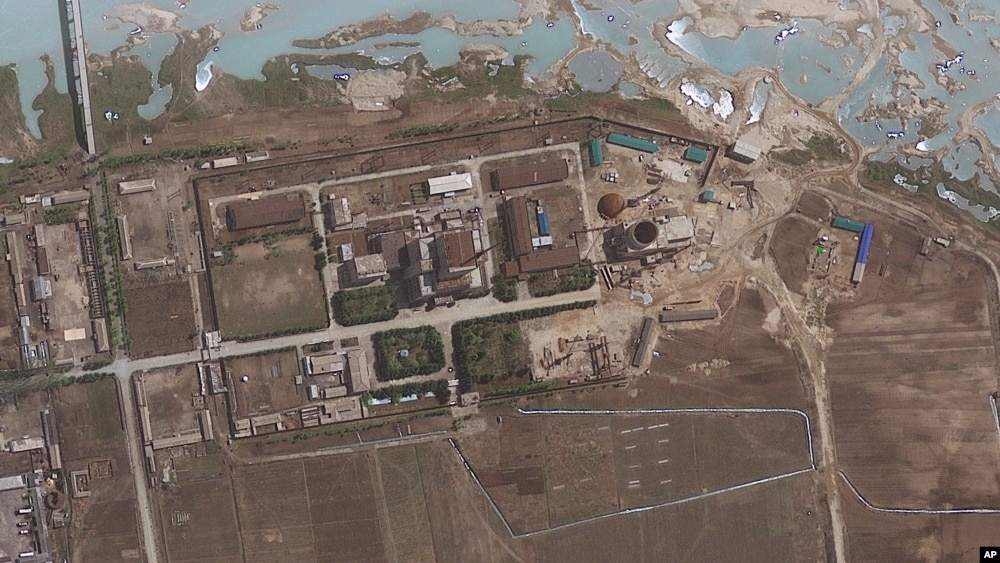Beyond the whole server-gate email hell scandal, the Hillary campaign policy team led by Robby Mook and John Podesta; they concocted a campaign finance reform plan that leaves one shuddering and in shock.
Hillary Clinton set to unveil campaign finance proposal
“We have to end the flood of secret, unaccountable money.”
NEW YORK — Kicking off a post-Labor Day push to rally support as Bernie Sanders maintains momentum and Joe Biden contemplates a White House bid of his own, Hillary Clinton on Tuesday will unveil a three-pronged campaign finance proposal that her team hopes will help her appeal to unconvinced liberals.
The policy platform — which largely reflects principles that Clinton regularly mentions on the campaign trail, to reliable cheers from Democrats — calls for the overturning of 2010’s Citizens United v FEC decision that paved the way for the creation of super PACs; the implementation of a more rigorous political spending disclosure regime; and a new public matching system for small donations to presidential and congressional campaigns.
“We have to end the flood of secret, unaccountable money that is distorting our elections, corrupting our political system, and drowning out the voices of too many everyday Americans,” Clinton said in a statement. “Our democracy should be about expanding the franchise, not charging an entrance fee. It starts with overturning the Supreme Court’s Citizens United decision, and continues with structural reform to our campaign finance system so there’s real sunshine and increased participation.”
The Democratic front-runner, who raised the most campaign funds of any candidate on either side of the aisle in the second quarter ($47.5 million), regularly rails against the Citizens United decision on the stump, using it as an example of the malfunctioning political system. She also frequently insists that she would use overturning the decision as a litmus test for appointing Supreme Court justices, a line that delights progressive voters, and a point that is included in her new proposal.
But portions of her plan are anathema to Republican candidates and their colleagues in Congress, and Clinton is not the only Democrat making such noises on the campaign trail. Sanders, for example, has also pushed public financing for campaigns.
To further complicate matters, a collection of liberal groups have questioned Clinton’s close ties to Wall Street and its big-money donors due to her time as first lady and as a senator from New York — not to mention the existence of Priorities USA Action, the primary super PAC backing her bid, which raised $15.6 million in the first half of 2015.
Still, her plan amounts to liberal red meat, hitting a handful of points championed by campaign finance reformers. And it comes as her campaign appears set to fight back more aggressively against Sanders’ surge and the negative headlines about her private email arrangement.
Clinton’s campaign finance proposal includes a plan to provide matching funds for small donations, along with lower limits for contributions to candidates who opt into the system. Campaigns would only be eligible to receive up to a certain level of the public matching funds, and they would have to raise a minimum number of small donations in the first place to qualify. The specific numbers and dollar figures are yet to be determined.
The campaign’s plan, which will come alongside a new video to be released on Tuesday, also formally repeats the candidate’s plan to only appoint Supreme Court justices who would overturn Citizens United — a case that was originally brought over an anti-Clinton video in 2008. It also reiterates her support for a constitutional amendment that would “establish common sense rules to protect against the undue influence of billionaires and special interests and to restore the role of average voters in elections.”
The third prong of the plan includes a proposal to force outside groups with large political spending budgets to disclose their largest donors in a timely fashion, as well as to disclose “significant transfers between” such groups. It also supports a proposal in front of the Securities and Exchange Commission to force publicly traded companies to disclose political spending to shareholders.
As a Republican-controlled Congress is unlikely to move on many of these proposals, Clinton also says she would sign an executive order that would require federal contractors to disclose their own political spending.
Clinton is set to campaign in the swing states of Ohio and Wisconsin this week, after an address explaining her support of the Iran agreement in Washington on Wednesday.
*** Now for just one interesting fact on Hillary and Bill:
Nemazee is well connected by the way.
There’s a Lot More to Arrested Financier Hassan Nemazee’s Past Than Just Being a ‘Clinton Fundraiser’
WhoWhatWhy.com reports exclusively on the background of Hassan Nemazee, the top Hillary Clinton fundraiser who was arrested and charged with forging loan documents. Early media accounts cast the event as an embarrassment for Ms. Clinton and the Democratic Party involving the financial misdoings of one prominent backer. Actually it is much more. Behind the Nemazee arrest lies a sprawling cautionary tale of presidents, would-be presidents, and the shadow world of wealthy operators who cozy up to them for their own gain. It reaches into the Bush operation as well as that of the Clintons, and is a microcosm of an influence bazaar that has gone global along with the economy.
On August 25th, Hassan Nemazee, a top fundraiser for Hillary Clinton, was arrested and charged with forging loan documents in order to borrow $74 million from Citibank. He could face up to 30 years in prison. Early media accounts cast the event as an embarrassment for Ms. Clinton involving the financial misdoings of one prominent backer. Actually it is much more.
Behind the Nemazee arrest lies a sprawling cautionary tale of presidents, would-be presidents, and the shadow world of wealthy operators who cozy up to them for their own gain. It reaches into the Bush operation as well as that of the Clintons, and is a microcosm of an influence bazaar that has gone global along with the economy.
Hassan Nemazee, who served as a finance director for Hillary Clinton’s 2008 presidential campaign, began raising sizable sums for the Democratic National Committee in the mid-nineties. In 1998, in the midst of the Lewinsky affair, Nemazee collected $60,000 for Bill Clinton’s legal defense fund in $10,000 increments from relatives and friends.
The following year, President Clinton nominated the money manager and investor to be ambassador to Argentina. Then an article in Forbes raised questions about his business practices. Among other things, Nemazee, an Iranian-American, had magically turned himself into an “Hispanic” by acquiring Venezuelan citizenship in order to fulfill the minority-ownership requirement of a California public pension fund. The nomination was withdrawn.




